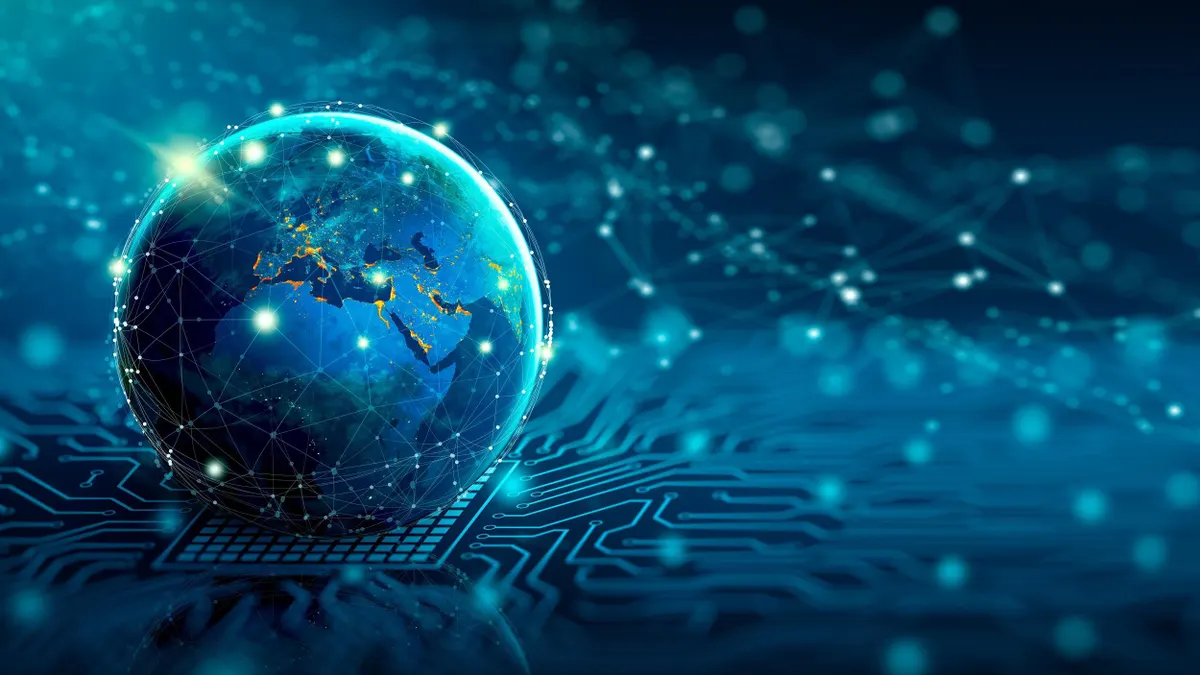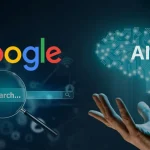
Kevin Ashton coined the term “Internet of Things” in 1999 to describe his vision of radio frequency ID and other technologies that would enable physical objects to gather, transmit and process data. Super-cheap computer chips and advances in wireless technology have made this possible.
IoT is revolutionizing everything from smart homes to industrial equipment and cities. It enables utilities to predict power outages and dispatch resources more quickly, for example.
What is IoT?
The Internet of Things, or IoT for short, refers to all the connected devices that gather data from sensors and communicate with each other. These include wearable technology, smart home devices, a smart thermostat or even a security camera. The basic components of an IoT device include a sensor or multiple sensors, wireless connectivity (Wi-Fi, Bluetooth, Zigbee or cellular), and software that processes the collected data and takes action accordingly.
IoT is transforming many industries by providing access to real-time data that can be leveraged to automate systems and improve efficiency. For example, IoT in healthcare can help medical professionals monitor patients more closely and improve patient outcomes by tracking key metrics such as heart rate, blood pressure and temperature.
IoT is also transforming businesses by connecting devices in the workplace that can help optimize processes and reduce costs. For instance, smart lighting can be used to reduce energy costs and increase productivity by automatically turning on or off as needed, while IoT in retail can be used to track customer behavior and optimize store layouts.
How is IoT changing the world?
IoT allows businesses to track their operations better and make changes faster than ever before. This leads to greater efficiency and a higher bottom line.
A lot of people are familiar with the smart speaker like Amazon’s Echo and its ability to turn on the lights, stream music or conduct online shopping via voice commands. But smart devices are being used in much more serious applications too. For example, a senior may benefit from a device that monitors their health and lets family members know if they are feeling unwell.
Manufacturers are also using IoT to help with productivity. They can install sensors in their products that communicate with each other and transmit information back to the company. That enables them to spot problems and repair them before they become full-blown failures. It’s an approach that could lead to cheaper and greener manufacturing. IoT is also transforming the way we travel. It could mean traffic jams become a thing of the past and more pleasant, safe and eco-friendly cities emerge.
What are the benefits of IoT?
Whether it’s smart pills sending data as they make their way through the gastrointestinal tract or blood-pressure monitors sharing information in real-time, IoT is revolutionizing how the physical world interacts with the digital. In business, this is a big deal because IoT can deliver huge benefits for businesses of all sizes and across industries.
IoT can help businesses save money by reducing the need for manual labor and automating processes. It can also help businesses track costs in more granular ways, for example by monitoring energy use so they can reduce utility bills or by tracking products throughout a warehouse to maximize efficiency.
The IoT can also make businesses more competitive by enabling them to better understand customer behavior and provide personalized offerings. For example, IoT can be used to track how many people walk past a display in a brick-and-mortar store so that a company can micro-target customers with offers. This can lead to higher sales and improved customer satisfaction.
What are the challenges of IoT?
IoT devices collect and transmit a huge amount of data. This massive volume of data can create a bottleneck when it comes to processing and analyzing the information. This is especially challenging when the information is unstructured, causing problems with standard tools that are designed to manage large datasets.
Many of the devices in IoT use wireless connectivity, which can be vulnerable to hackers and data breaches. This can also cause privacy concerns, as the IoT devices may be tracking personal information without the owner’s knowledge or consent.
The sensors used in IoT devices need to be strong and durable. They are often exposed to harsh environments, such as freezing temperatures or high humidity. These conditions can affect the quality of the hardware and require special consideration when designing it. Additionally, these devices need to be able to operate in remote locations where it is difficult or impossible for humans to go. This can include monitoring seismic waves in deserts or tracking equipment on factory floors.







